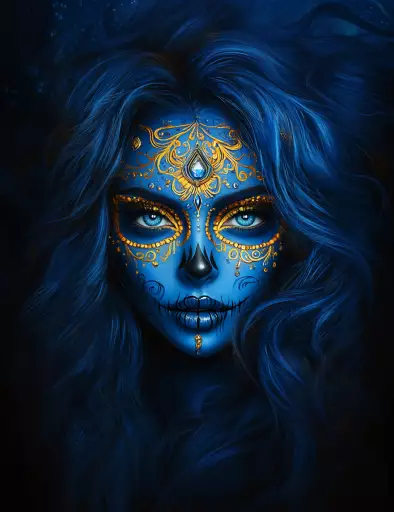Explore the Best AI Image Gallery

Where Tech Meets Muse: 5G and the Future of Creative Expression
The creative landscape is constantly evolving, propelled by technological advancements that reshape how we create, experience, and interact with art. Among these game-changing technologies, 5G stands out as a transformative force, promising to unlock unprecedented possibilities for artists, designers, and innovators across various disciplines.
A Catalyst for Immersive Experiences
5Gs high bandwidth and low latency capabilities pave the way for immersive and interactive experiences that blur the lines between the physical and digital realms. Imagine:
- Augmented Reality (AR) Design Tools: Architects and designers could utilize AR applications powered by 5G to visualize their creations in real-time, collaborating seamlessly with clients and making instant design adjustments.
- Interactive Art Installations: Museums and art galleries could leverage 5G to create dynamic installations where visitors movements trigger changes in the artwork, fostering a more engaging and personalized experience.
- Virtual Reality (VR) Performance Platforms: Musicians and performers could utilize VR platforms enabled by 5G to deliver captivating virtual concerts and theatrical productions accessible to audiences worldwide.
Empowering Creative Collaboration
5Gs ability to connect devices instantaneously fosters real-time collaboration, breaking down geographical barriers and empowering creative teams to work together seamlessly:
- Distributed Art Projects: Artists from different locations could contribute their unique perspectives to a shared artwork, leveraging 5G to synchronize their efforts and build a collaborative masterpiece.
- Remote Creative Workshops: Masterclasses and workshops conducted through virtual reality platforms powered by 5G would allow artists and designers to learn from experts regardless of their location, fostering knowledge sharing and skill development.
Ethical Considerations in the Age of 5G
As with any powerful technology, 5Gs impact on the creative industry raises important ethical considerations that require careful attention:
- Data Privacy and Security: The collection and use of user data in immersive experiences must be handled responsibly, ensuring transparency and user consent. Robust security measures are crucial to protect sensitive information from breaches.
- Algorithmic Bias: 5G-powered AI tools used in creative processes should be designed and trained to mitigate algorithmic bias, promoting fairness and inclusivity in the creative output.
- Access and Equity: Efforts should be made to ensure that the benefits of 5G technology are accessible to all creators, regardless of their socioeconomic background or location. Bridging the digital divide is essential for fostering a truly inclusive creative ecosystem.
Future Trends Shaping the Creative Landscape
The intersection of 5G and creativity is constantly evolving, with exciting trends on the horizon:
- Personalized Creative Experiences: 5G will enable highly personalized creative experiences tailored to individual preferences and artistic expressions. Imagine AI-powered tools that generate artwork based on your emotions or personal memories.
- The Metaverse as a Canvas for Creation: The metaverse, a persistent virtual world, will offer boundless opportunities for artists and designers to create immersive installations, interactive performances, and collaborative projects.
- Blockchain Integration for Artistic Ownership and Authenticity: 5Gs speed and reliability will facilitate the use of blockchain technology to verify the authenticity of digital artworks, protect intellectual property rights, and empower artists through direct connections with their audiences.
Conclusion
5G technology is poised to revolutionize the creative industry, empowering artists, designers, and innovators to explore new frontiers of expression. By embracing its potential while navigating ethical considerations responsibly, we can unlock a future where creativity knows no bounds.